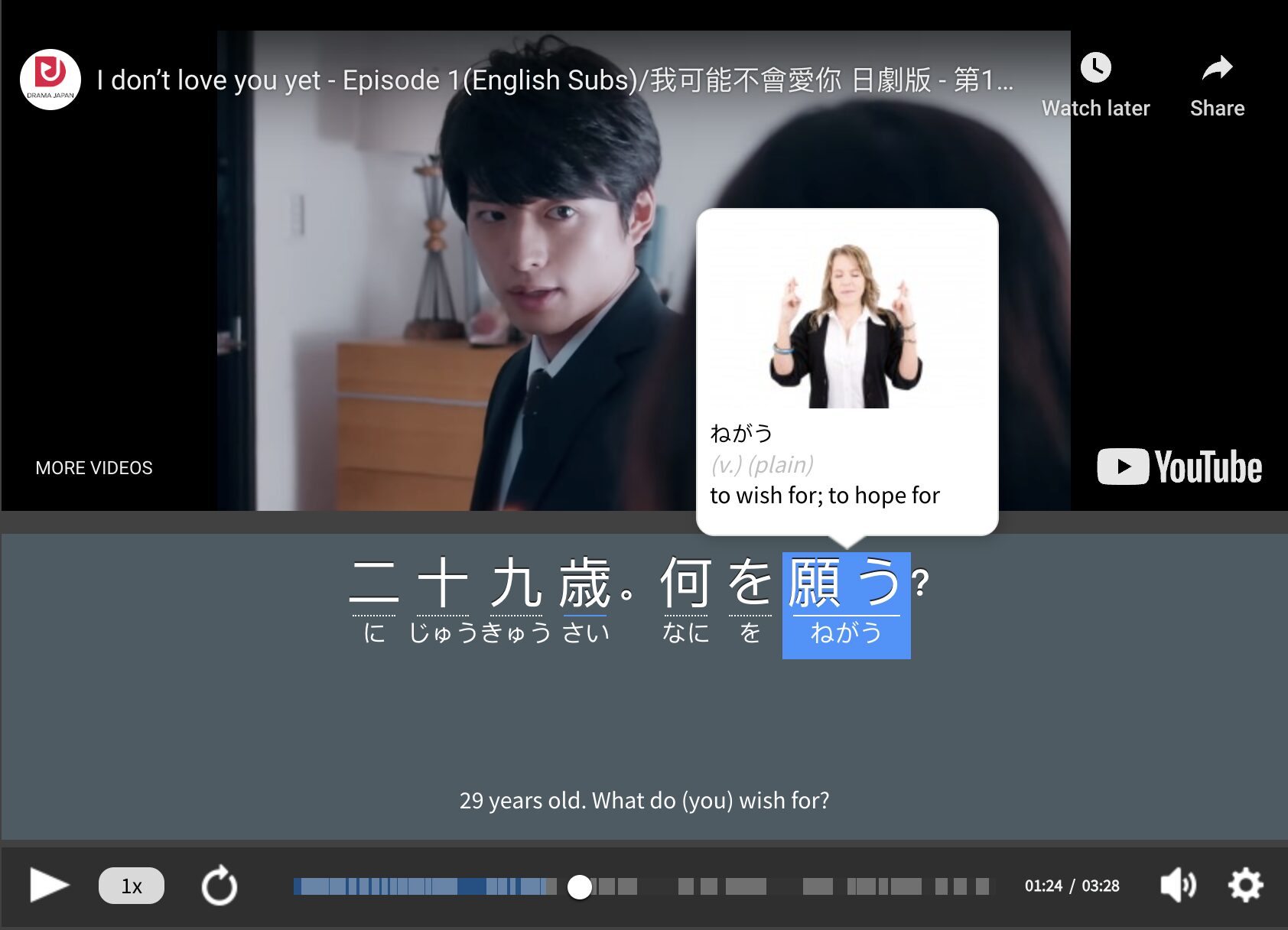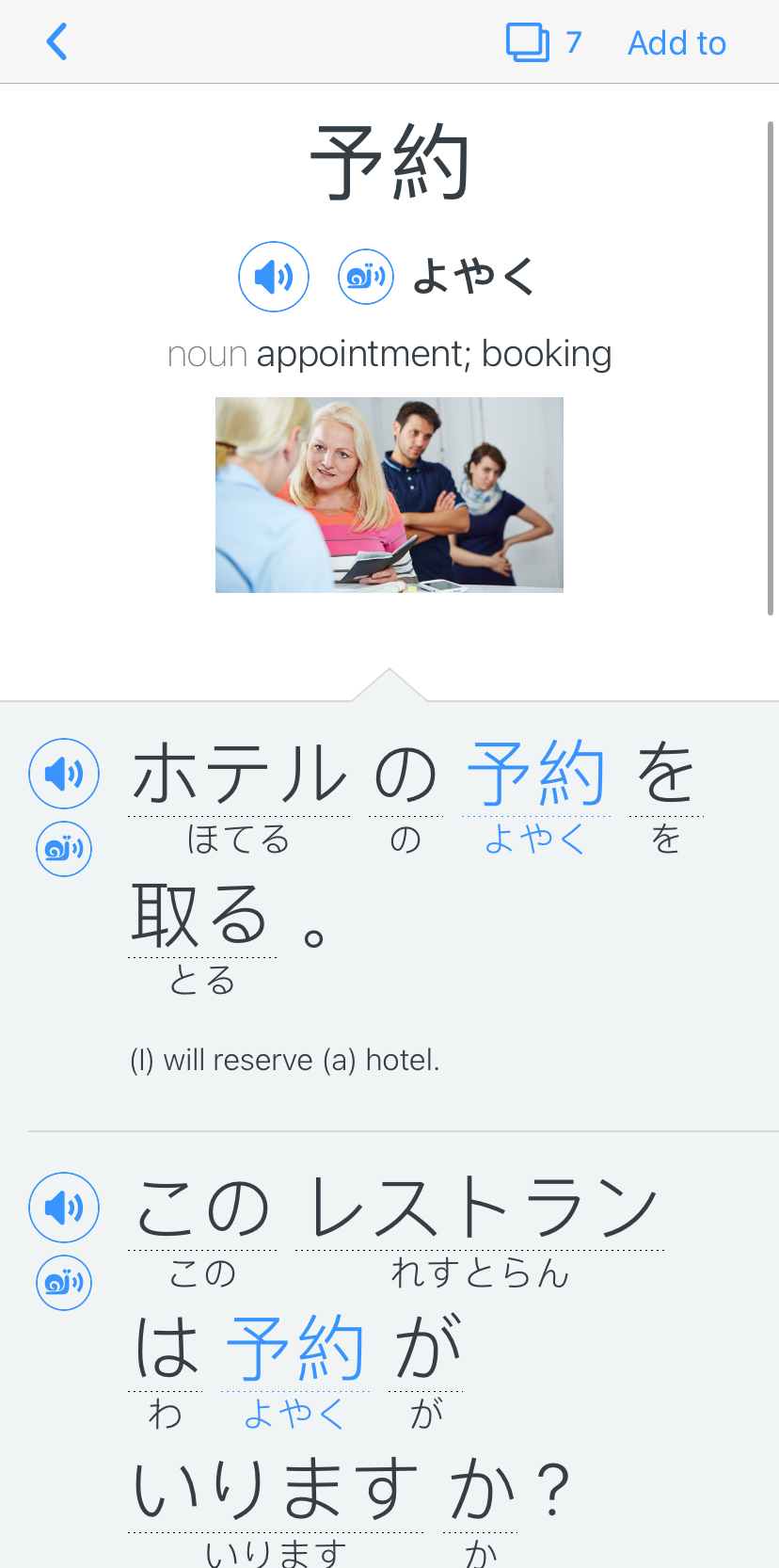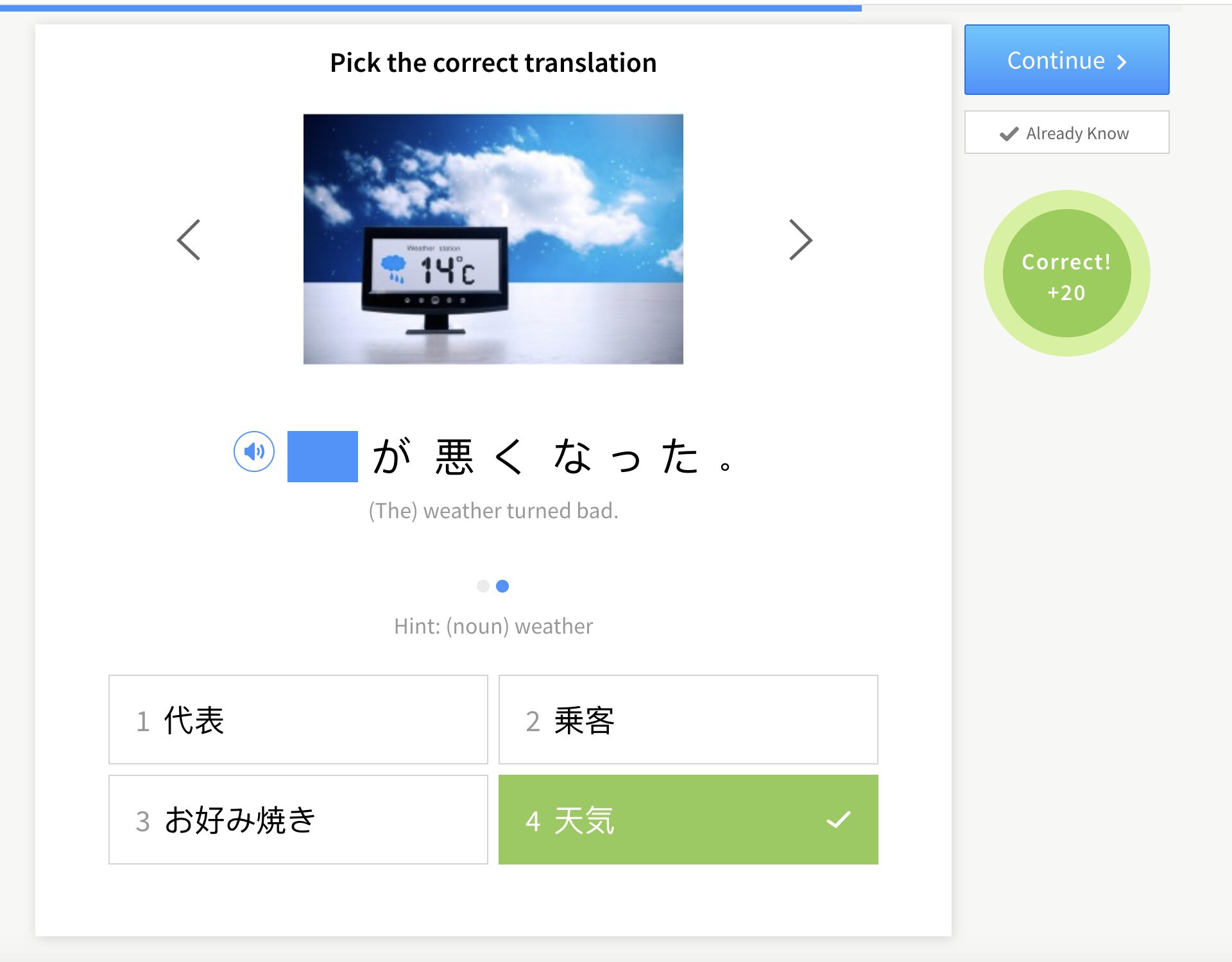Learn How to Think in Japanese [Tips, Tricks and Translation Ideas]

Your thoughts make you who you are. Of course, thinking in a foreign language isn’t natural for most new language learners. You tend to process your thoughts in your native tongue because it’s what you’re used to, and habits are powerful things.
That doesn’t mean you can’t learn to think in Japanese, and in this post, you’ll learn exactly how to start thinking in Japanese step-by-step.
Download: This blog post is available as a convenient and portable PDF that you can take anywhere. Click here to get a copy. (Download)
1. Use Real or Imaginary Stories and Conversations
Take note of small interactions throughout the day
On any given day, you’re likely to talk to at least one person. Maybe a few, right?
I don’t mean deep or complicated interactions, either.
Think of any conversation you had today.
The 30-second snippet with the cashier down the street or the guidelines you received for a project at work would be fine fodder. In fact, the more common the conversations you choose, the stronger your everyday Japanese vocabulary will become.
Keep snippets of that conversation in your mind for later translation.
Perhaps pretend to have that conversation again and act it out.
By moving words back and forth in context, you’ll create stronger connections with those words and help your brain put the vocabulary to active use.
Narrate your morning routine
If you’re not into chatting or you have a bad memory, don’t fret.
You can use the things in your home and your everyday routine to help.
Let’s say you get up in the morning and you head to the bathroom. As you get up to go get your toothbrush, start talking to yourself about your day.
You can talk about all of the things you’re going to do in Japanese.
Since you use these words daily, it’s easy to see how you’ll get more and more comfortable with them.
Make up your own stories
If you’re feeling more creative or looking to stretch your vocabulary, then you could make up a story about your toothbrush.
What’s he going to do today when you’re gone?
Will he save the soap from the perils of your faucet?
Romance the floss?
Or try to avoid the fate of accidentally falling on the floor?
Every story, day after day, that you tell yourself in Japanese will help you think more in the language. Plus, your morning routine will be a lot less boring!
2. Translate and Practice Monologues in Japanese
When you first begin to think in a different language, you’re translating, translating, translating.
Until one day, the word or phrase you’re looking for doesn’t pop up in your native language first—it begins to immediately occur in Japanese.
But you’ll need to take your translation skills to the next level and purposefully include new vocabulary. That’s where monologues come in.
Unless you were into drama class in school, you probably haven’t spent a lot of time in the land of monologues.
That’s a shame—they’re valuable tools in learning to think in Japanese. They’re also great for introverts since all you need is yourself and some basic tools.
First, get a camera or audio recorder.
Most of us have apps for that built into our smartphones and tablets for this already, so check before you download.
Then, follow these steps:
Pick your passage
Pick a favorite passage from a book or a movie that you love.
It could be anything from Shakespeare to “Star Wars.”
If you’re more web-inclined, you could choose your favorite fan fic or Creepypasta to begin translating.
Just don’t pick something that’s already in Japanese, for obvious reasons.
You could choose a subtitled anime or a translated manga if you like. If you’re the creative type you could even write your own story for source material.
Translate the text
Next, translate it into Japanese.
Try to do this from memory as much as possible, but don’t be afraid to look up words when you need to.
Just don’t auto-translate the whole thing at once. It’s tempting to get it done as quickly as possible, but the process is what matters here.
Now, start the recorder and begin talking.
Once you have your translation of the piece recorded, play it back.
Listen to what you said and translate it to your native language in your own mind.
This type of back-and-forth translation helps you take advantage of your existing pathways, and it holds your interest because of the material.
Keep it short to start
Try to keep paragraphs/recordings under five minutes to begin.
You’ll be surprised how far you can get in that little bit of time.
Then as you find the translations are getting easier, you can move onto longer and more complex passages. Remember it’s a process, not an end goal.
3. Dive into Complete and Total Japanese Immersion
Immersion is about making the language a part of your everyday life.
You can do this in several ways.
One of the more common ways is to read news or entertainment sites in Japanese. This will not only help you think more in the language but also create a better ear for it in real life.
Here are a few more simple steps to create an immersive Japanese environment.
Change up the settings on your devices
Another option would be to change your social media or phone language.
If you’re at a place where you can read Japanese with some basic skills, then consider changing over one of your social media sites (or your phone if you’re feeling bold) to show you text in Japanese.
With the variety of things that people post, you’re likely to get some great conversational practice and add to your vocabulary swiftly.
If you’re feeling really adventurous, then change your whole browser.
Binge-watch Japanese content
Watch YouTube, movies or TV in Japanese.
Choose your favorite YouTuber from this list of the top 250 from Japan.
Be sure to put the captions on in your native tongue.
This will allow you to hear the words in Japanese and attach them to your English thoughts.
In time, you’ll realize that you no longer need the subtitles, and your brain begins to think of what it hears as the natural language of the media you’re consuming.
Seeing both English and Japanese subtitles simultaneously can also help you form stronger connections between the two languages, ultimately improving your ability to think in Japanese.
Dual-language interactive captions are available on FluentU, a website and app that also has a diverse collection of Japanese videos.
FluentU takes authentic videos—like music videos, movie trailers, news and inspiring talks—and turns them into personalized language learning lessons.
You can try FluentU for free for 2 weeks. Check out the website or download the iOS app or Android app.
P.S. Click here to take advantage of our current sale! (Expires at the end of this month.)

Listen to Japanese music
If you’re looking for something easy to use on the go, then get into J-pop.
Song lyrics tend to be catchy and stick in your brain easier than prose normally would.
If you need some inspiration, check out this Spotify playlist for the Japan Top 50.
By enjoying lyrics in Japanese, you’ll help your brain latch onto complete thoughts in the language.
How to Use These Tips Effectively to Start Thinking in Japanese
Remember that you can do this and that it’s a great step up from memorizing vocabulary.
It’ll go faster if you make it fun, so find the techniques that appeal to you and use them. Don’t feel locked into one thing just because you started with it.
Just don’t forget that the translation is a vital step in this process. You don’t want to memorize sounds without meanings attached to them.
Don’t be afraid to use tools like your favorite Japanese dictionary—they’re great for words you don’t know, and can be valuable. But don’t abuse them.
If you auto-translate with tools like Google Translate, you’ll miss half of the point of these exercises.
You need the words to be strongly associated with your natural thought if you want to be able to think in Japanese at the end of this process.
And there you have it—three foolproof methods to help you start thinking in Japanese.
With practice, you’ll find that Japanese starts to come more naturally to you. And you can maintain fluent conversations for longer!
Download: This blog post is available as a convenient and portable PDF that you can take anywhere. Click here to get a copy. (Download)
And One More Thing…
If you’re like me and prefer learning Japanese on your own time, from the comfort of your smart device, I’ve got something you’ll love.
With FluentU’s Chrome Extension, you can turn any YouTube or Netflix video with subtitles into an interactive language lesson. That means you can learn Japanese from real-world content, just as native speakers actually use it.
You can even import your favorite YouTube videos into your FluentU account. If you’re not sure where to start, check out our curated library of videos that are handpicked for beginners and intermediate learners, as you can see here:
FluentU brings native Japanese videos within reach. With interactive captions, you can hover over any word to see its meaning along with an image, audio pronunciation, and grammatical information.
Click on a word to see more examples where it's used in different contexts. Plus, you can add new words to your flaschards! For example, if I tap on 予約, this is what pops up:
Want to make sure you remember what you've learned? We’ve got you covered. Each video comes with exercises to review and reinforce key vocab. You’ll get extra practice with tricky words and be reminded when it’s time to review so nothing slips through the cracks.
The best part? FluentU tracks everything you’re learning and uses that to create a personalized experience just for you. Start using the FluentU website on your computer or tablet or, better yet, download our app from the App Store or Google Play.
Click here to take advantage of our current sale! (Expires at the end of this month.)











